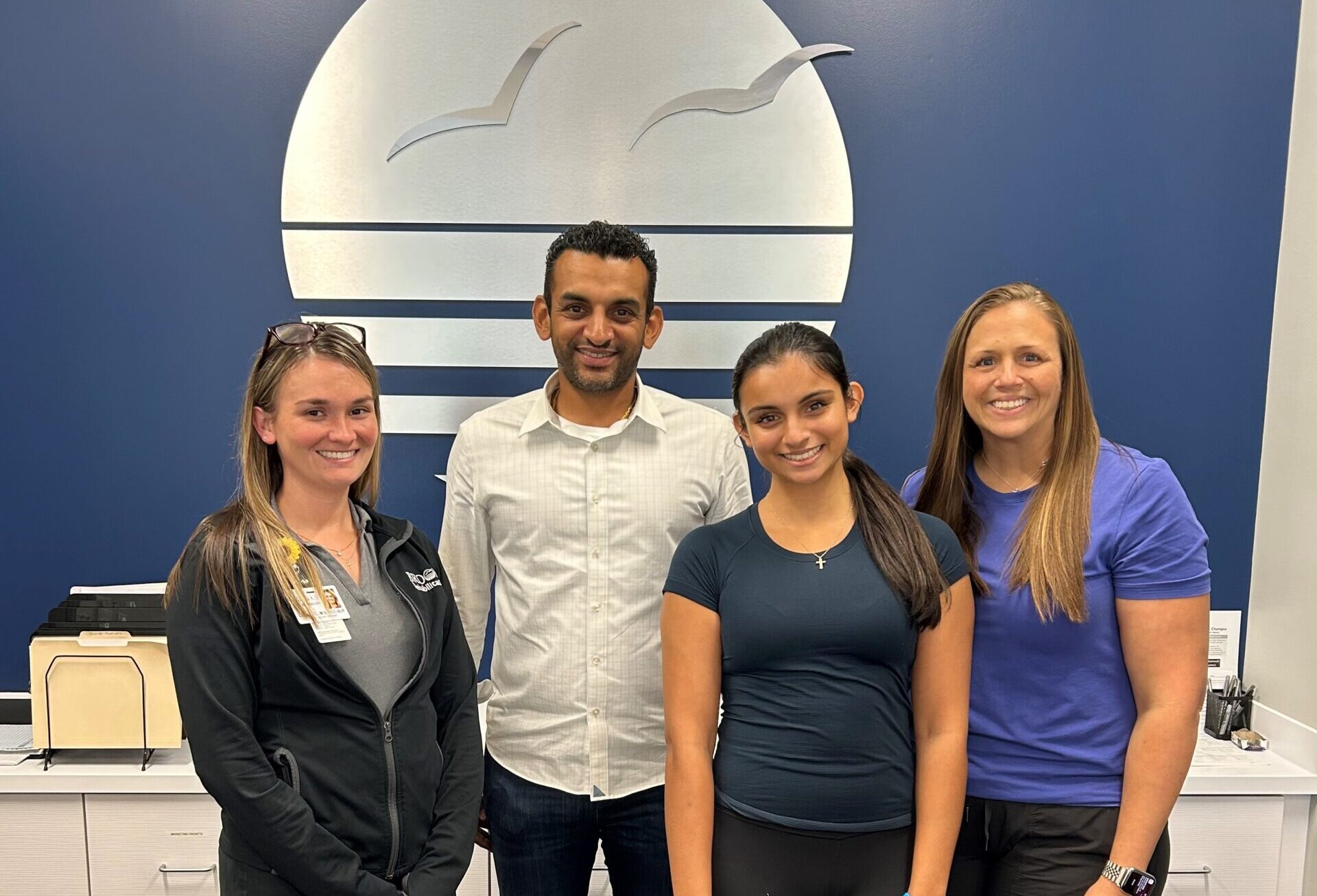Condition Overview
There are many types of brain injuries. Some are mild and temporary, while others are more severe and require long-term support. With the right care and rehabilitation, many people make meaningful progress in their recovery.
Types of Brain Injuries We Treat
Some of the conditions we treat include:
Anoxic brain injury
An anoxic brain injury happens when the brain isn’t getting oxygen. This can occur due to cardiac arrest, choking or near-drowning. Because the brain needs a constant oxygen supply to function, damage can occur even after a short period. Read more about anoxic brain injury.
Concussion
A concussion is a mild traumatic brain injury caused by a blow or jolt to the head. It can affect memory, balance and mood — even if you don’t lose consciousness. Most people recover fully, but sometimes, symptoms last longer than expected. Find out more about concussion recovery.
Disorders of consciousness (DoC)
These conditions include coma, vegetative state or minimally conscious state and are often the result of a severe brain injury. They may affect your ability to wake up, respond or interact with your surroundings. In some cases, subtle signs of awareness may emerge over time. Learn more about disorders of consciousness.
Hypoxic brain injury
A hypoxic brain injury happens when the brain is not getting enough oxygen to keep up with the body’s needs. It may be caused by respiratory failure, low blood pressure or complications during surgery. Read more about hypoxic brain injury.
Non-traumatic (acquired) brain injury
Non-traumatic brain injuries are due to medical issues, like infections, tumors and other conditions, rather than an external impact. These injuries may develop suddenly or over time and are linked to conditions such as stroke, cardiac arrest and serious illness. Get more information about acquired brain injuries.
Traumatic brain injury (TBI)
A traumatic brain injury happens when an external force, like a fall, car crash or sports impact, causes the brain to abruptly shift inside the skull. This movement can bruise brain tissue, damage nerves or cause bleeding. Find out more about traumatic brain injuries.
Why Choose Brooks Rehabilitation for Brain Injury?
At Brooks, your path to brain injury recovery is as unique as you are. Our entire team works together to help you get the most out of rehabilitation. Find out more about our comprehensive brain injury rehabilitation.
Offerings include:
- World-class rehabilitation: Few programs in the country offer what Brooks does. Your care team includes fellowship-trained brain injury physicians, neuropsychologists and therapists with training in neurorehabilitation. You also have access to innovative technologies, like the Cyberdyne HAL (Hybrid Assistive Limb) exoskeleton that supports lower limb movement.
- Personalized care for every type of brain injury: We develop a rehabilitation plan around what’s important to you. Whether it’s walking, returning to work or going to the bathroom by yourself, we can help. We coordinate the services that give you the best chance to reach your goals.
- Unique offerings: Our brain injury day treatment program offers full-day therapy, helping you continue building skills that enhance your independence. It is the only one of its kind in Florida. We also have the state’s only Brain Injury Clubhouse, where you can gain social and vocational skills.
FAQs About Brain Injuries
How do I know if my loved one needs rehabilitation?
If your loved one has changes in movement, speech, memory or behavior after a brain injury, they might benefit from rehabilitation. Our experts perform a thorough exam to evaluate their needs and recommend the appropriate level of care. Learn more about becoming a patient.
When should rehabilitation start after a brain injury?
Starting brain injury rehabilitation promptly can help optimize outcomes and support a smoother recovery. Many people begin basic therapy as soon as they are medically stable. After leaving the hospital, coming to a comprehensive program — like the one at Brooks — helps your recovery advance at a pace that’s right for you.
What’s the difference between inpatient and outpatient brain injury rehab?
Inpatient rehabilitation provides full-day therapy, 24/7 medical care and requires an ongoing hospital stay. Outpatient rehabilitation allows you to live at home and come in for scheduled therapy sessions.
Request Care
Whether a brain injury is traumatic, anoxic or acquired in another way, specialists at Brooks Rehabilitation help you heal and rediscover what’s possible.Latest News and Health Resources
Education and guidance to support your recovery
From Silence to Strength: Chloe’s Inspiring Aphasia Recovery Journey
How a high school senior's determination and expert speech therapy helped her reclaim her voice after a life-changing diagnosis. One year ago, 17-year-old Chloe Karamsodkar was...




